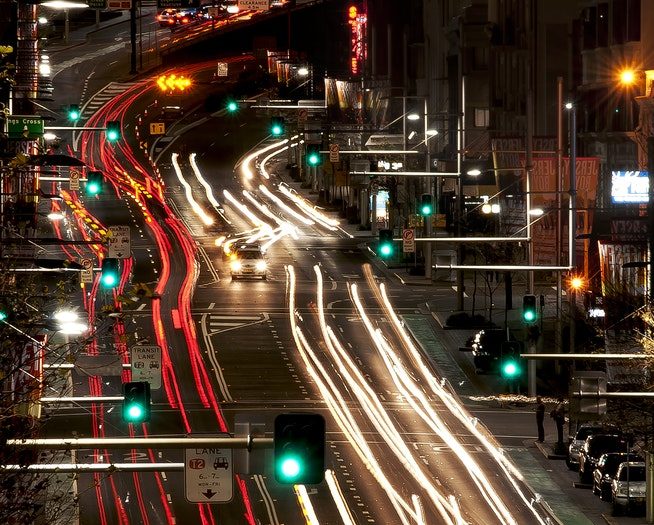ONE OF THE BEST WAYS to stay safe on the roads is to avoid potentially hazardous situations wherever possible. This is especially true for senior drivers.
Almost 400 senior drivers recently took part in a Western Sydney University study investigating their driving habits.
The drivers were initially put through a workshop that helped them identify high-risk factors including driving at night, in school zones, in the rain and on motorways.
University researchers and the George Institute for Global Health then attached GPS devices to the cars of the 380 participants to track whether they put in practice what they learned in the workshop.
The data found the drivers averaged 104.9km a week, with each trip averaging 5km to their local shopping centre or neighbouring suburb. The longest trip was just 11km.
Lead researcher Dr Kristy Coxon said the research found the elderly drivers modified their behaviour on the roads, including avoiding right-hand turns into oncoming traffic and driving alone.
“We also found older drivers actually recognise their ability and adjust accordingly,” Dr Coxon said.
“Elderly drivers who have lower confidence often drove shorter trips and drove in familiar areas close to home. Drivers who had lower levels of function and ability also drove fewer kilometres. So many do recognise their abilities and are able to balance.”
“By 2030, we will have half a million drivers over 65 on Australian roads and we need to prepare for that.”
THE TOP 5 MISTAKES SENIOR DRIVERS MADE
Making right hand turns at intersections: According to Dr Coxon, this involves complex decision making, as unprotected intersections often don’t have traffic lights. This type of turn requires the driver to have considerable visual motor skills in regards to gap selection and judging the distance of the car, which is sometimes demanding of a senior driver.
Driving in high volume areas: Dr Coxon believes it is advantageous for non-confident senior drivers to avoid areas such as school zones during peak hour, as these areas can often be unpredictable especially when children are around.
Driving alone: “Two set of eyes are better than one” is a policy Dr Coxon always likes to reinstate to senior drivers.
Tackling peak hour: Simply, more cars equals more chance of an accident occurring.
Driving in the rain or at night: Driving when vision is particularly decreased is dangerous for any driver, but can be especially risky for senior drivers who may have decreased vision.
